When it comes to aluminum alloy cases, one brand is inevitable: Jonsbo. I have had the fortune of assembling at least 10 models under the Jonsbo brand, ranging from mini ITX to unique shapes and standard mid-towers, each with its own characteristics. Recently, Jonsbo released a new all-aluminum case, the U6, which features not only aluminum alloy material but also double-sided tempered glass and a pull-out structure. To see how it performs, we will experience it directly through assembly.
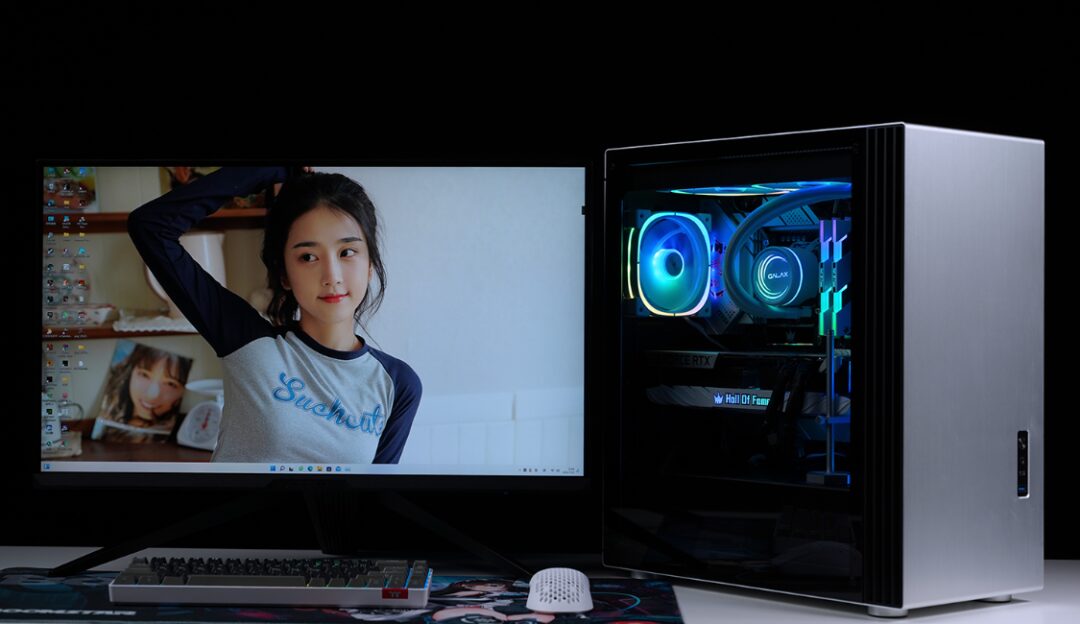
Complete configuration list: i5-12600KF processor, MSI MPG Z690 EDGE Ti WIFI DDR4 motherboard, Galaxy RTX3070Ti HOFPro graphics card, HOF Pro D4-4000MHz 16G*2 RGB memory, HOF Pro20 1T M.2 SSD, Jonsbo U6 case, Galaxy Snow Shadow 360R all-in-one water cooling, Antec HCG850 Gold certified fully modular power supply…
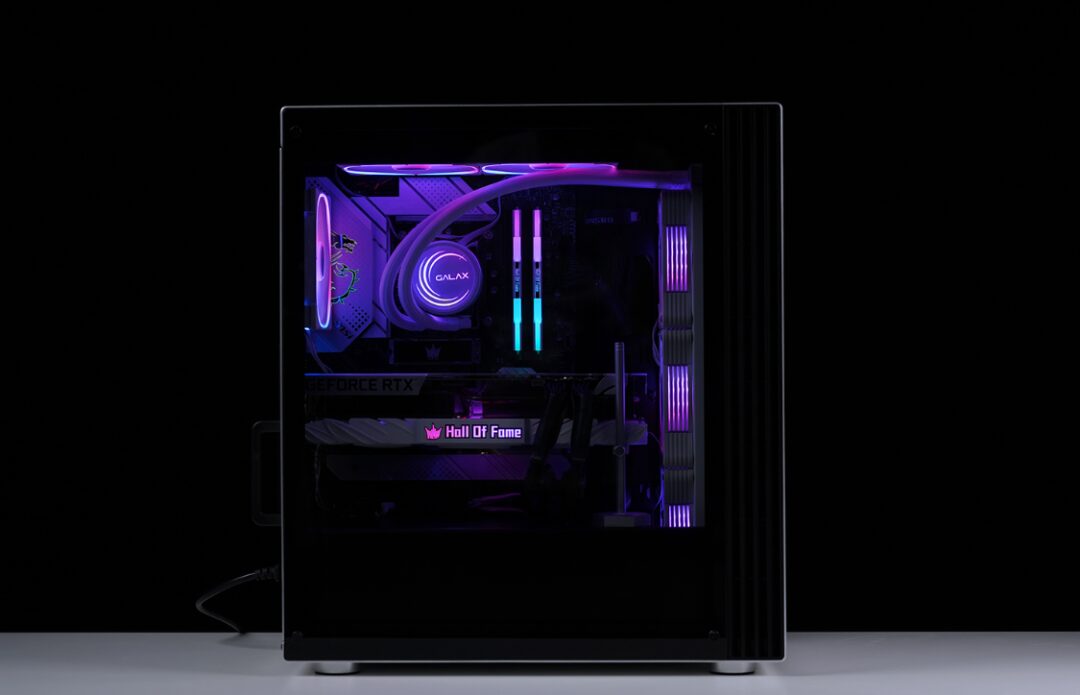
The brand new U6 case is officially announced in black, white, and silver colors, but currently, only the black/silver version is available for sale. Today’s main focus is the silver version of the U6. The case dimensions are 448mm*229mm*479mm, a mid-tower specification, but relatively compact in size, taking up minimal space on the desk;
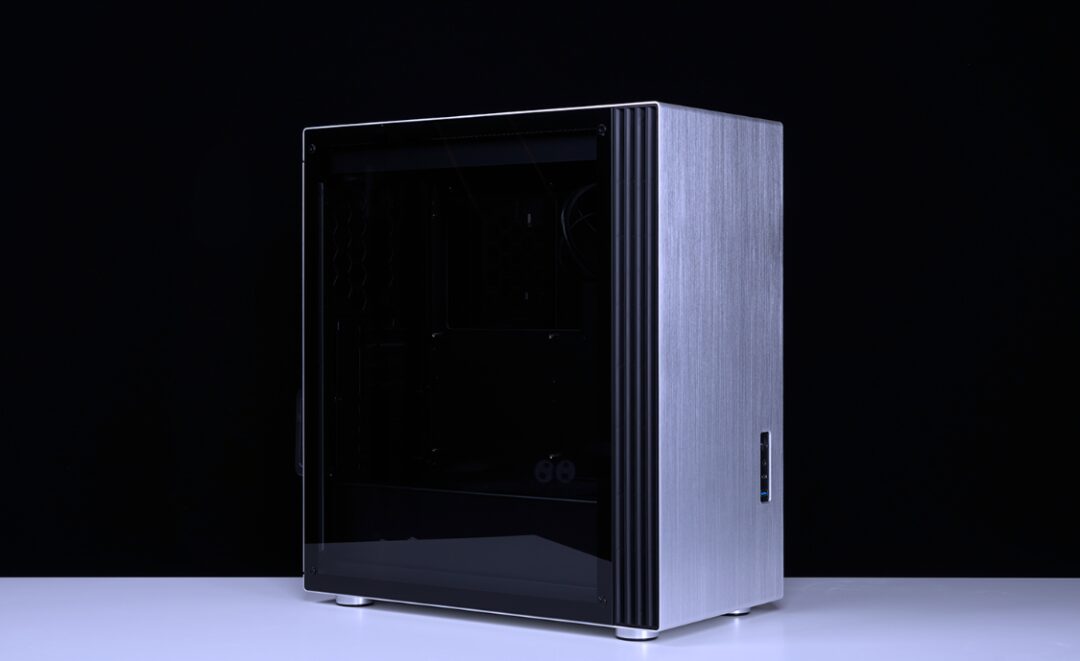
The overall design style of the case is very simple, with a one-piece aluminum alloy shell that brings a cool metallic texture. The tempered glass side panels, treated with a semi-black finish, make the case appear less ostentatious while perfectly showcasing the internal hardware.
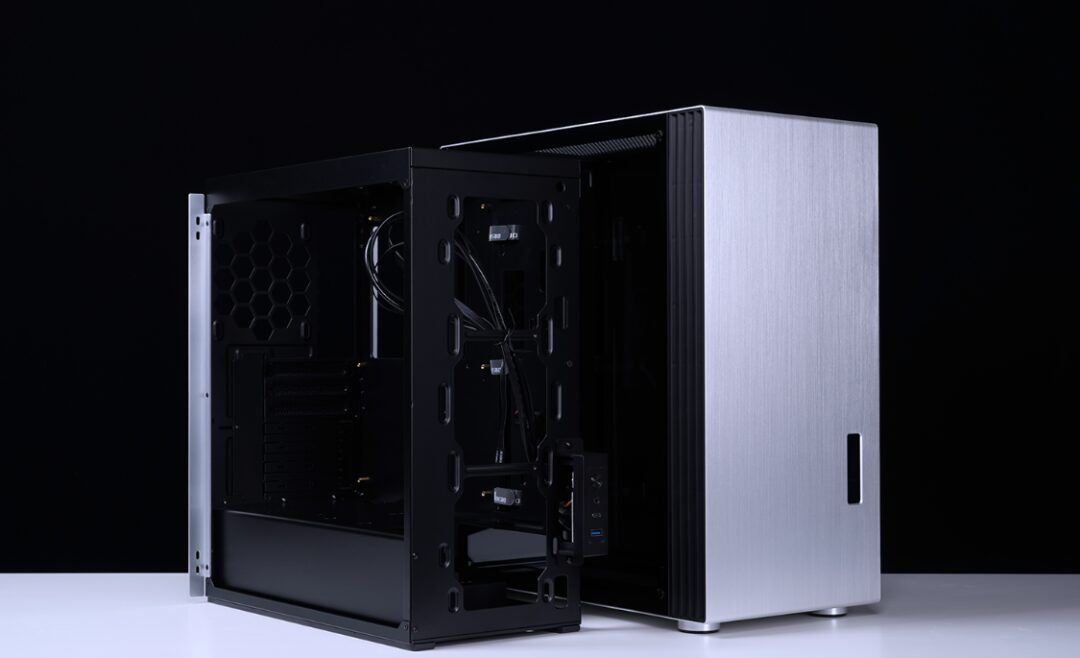
Additionally, one side of the tempered glass panel features a design that aids in case cooling, with a removable baffle and a dust filter. (The tempered glass is secured to the aluminum shell with screws, and while it seems removable, I prefer not to complicate things for myself.)
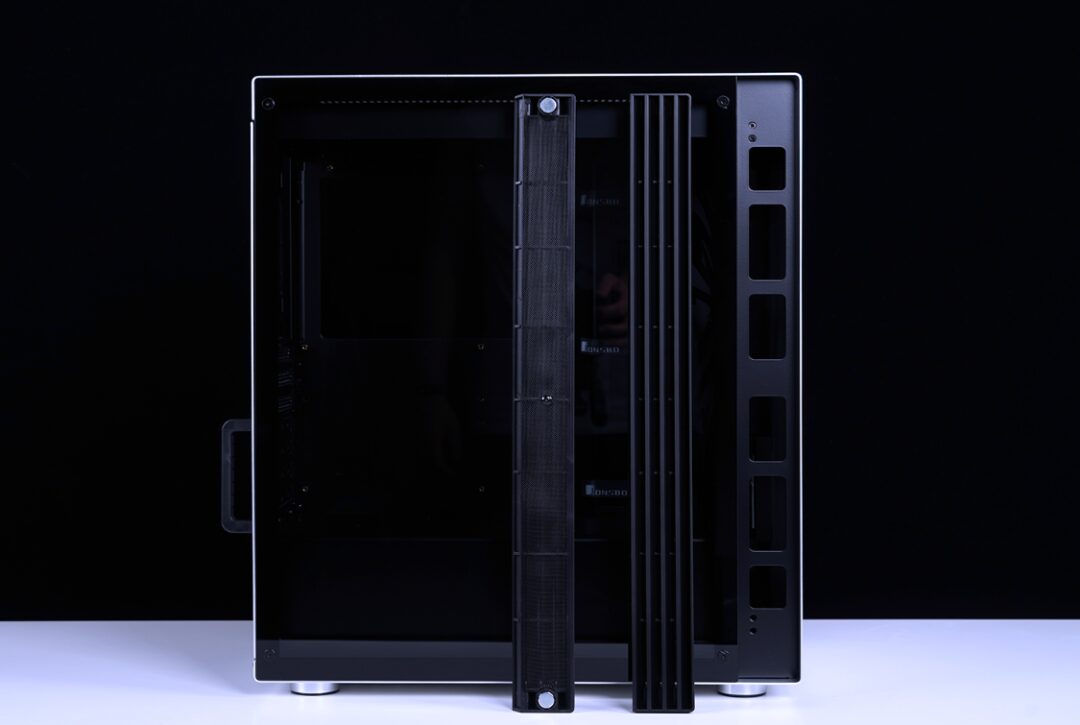
Compared to the rounded U5, the U6 has a more angular overall appearance and adopts a brand new pull-out design (the Jonsbo ID designer seems to have fallen in love with this structure lately, applying it to all sizes of cases). However, this design is very user-friendly for builders.
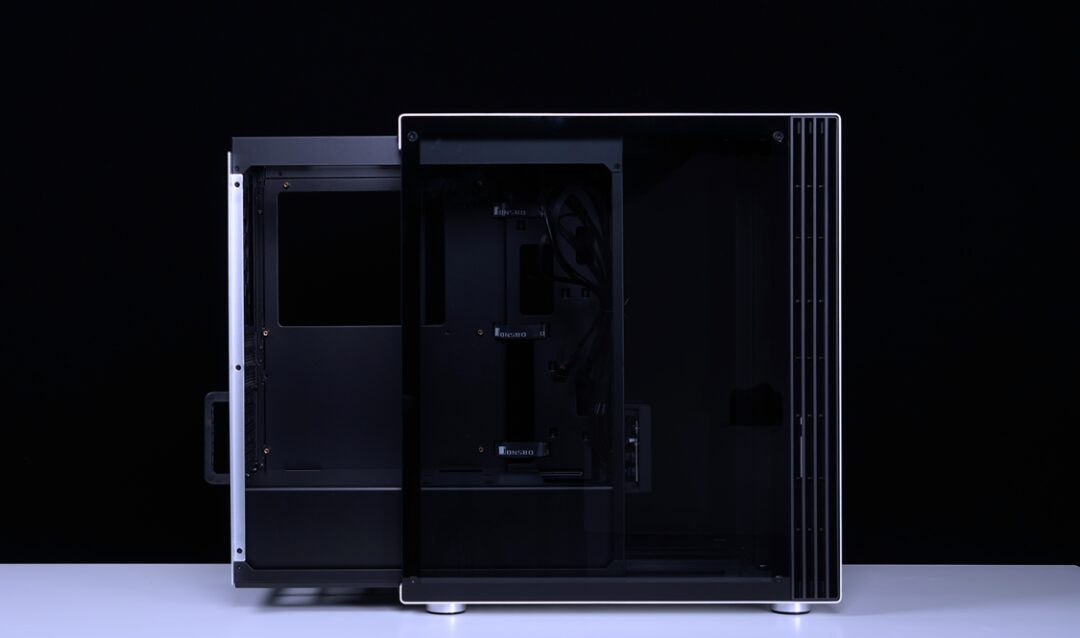
The case also shows commendable compatibility, supporting ATX motherboards while also accommodating a 360mm radiator, with a maximum graphics card length of 345mm (when installing a front radiator, the graphics card length is limited to 320mm), and air cooling height limited to 167mm, supporting up to 6 12cm fans…
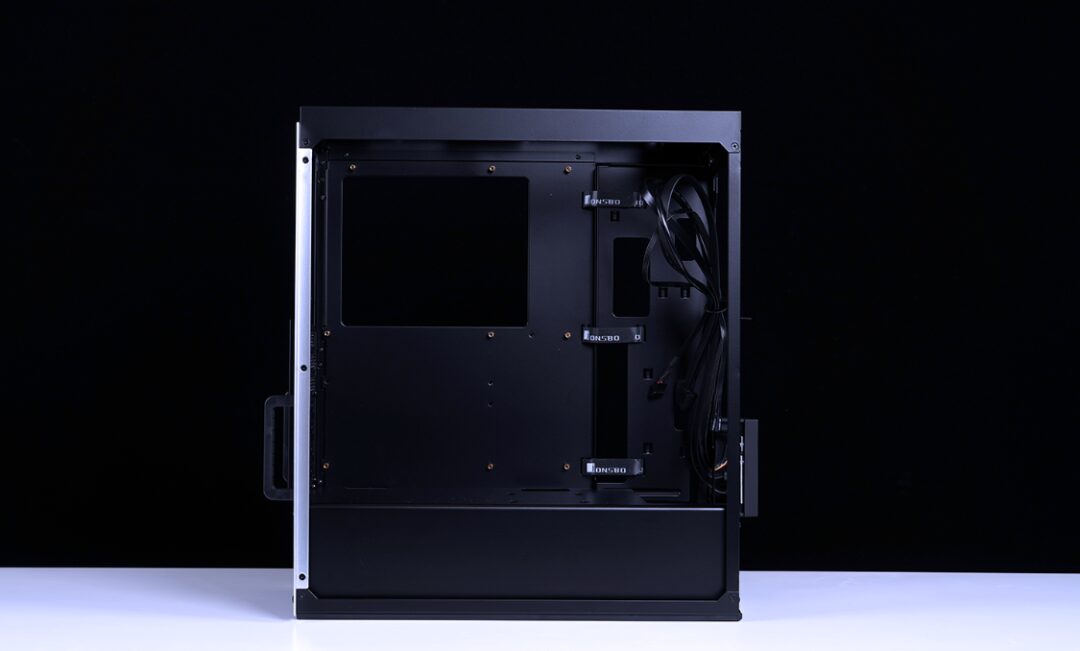
As for the I/O panel, the U6 case continues Jonsbo’s consistent minimalist style, featuring only a power button, one Type-C port, one USB3.0 port, and one audio port, which is actually sufficient for daily use;
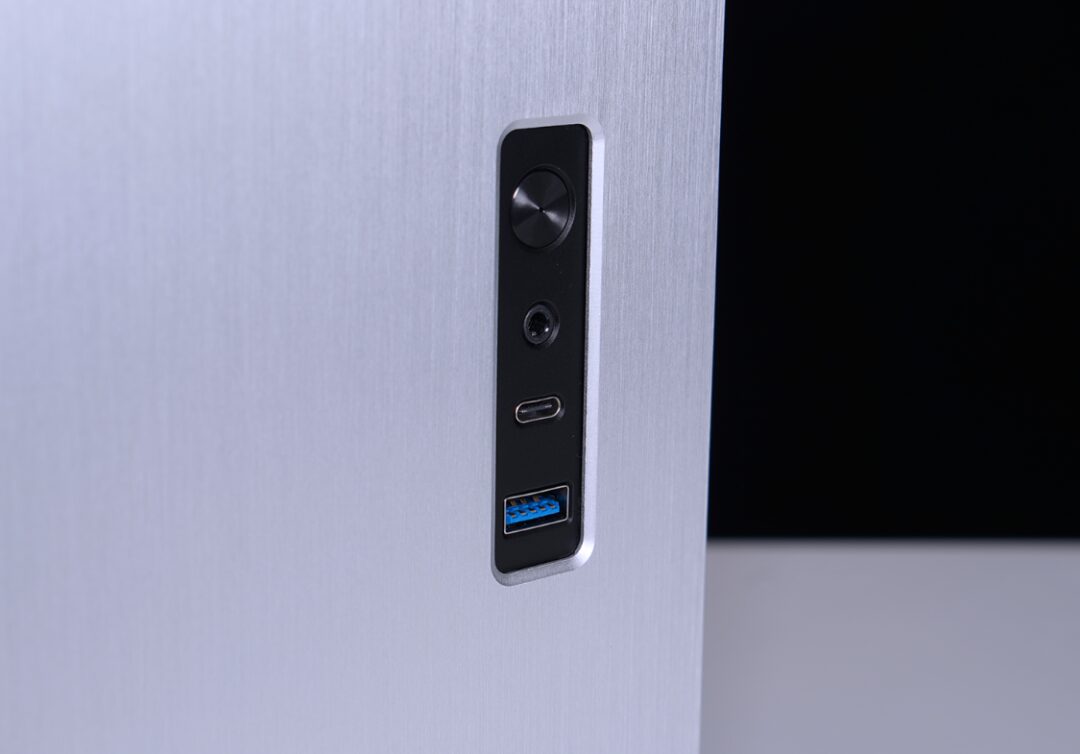
For gaming builds, if you choose Intel, then choosing an i5 is the way to go; on the 12th generation Core platform, this is a truth for most gamers. Today, the processor chosen for testing is the i5-12600KF, a 10-core, 16-thread i5, which can easily handle a 3090Ti as well;
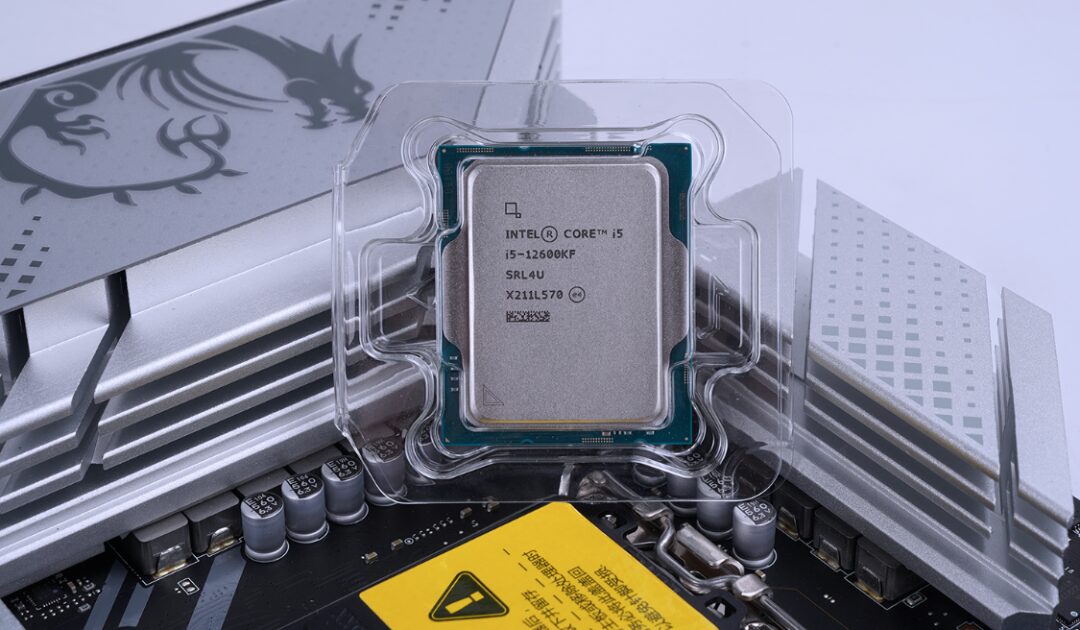
To make the most of the K of the i5, the motherboard is also not to be neglected, directly opting for the MSI MPG Z690 EDGE Ti WIFI DDR4 motherboard that supports overclocking. It features a 16+1+1 direct power supply design, plus dual 8-pin external CPU power supply, which can perfectly unleash the full potential of the 12600KF;
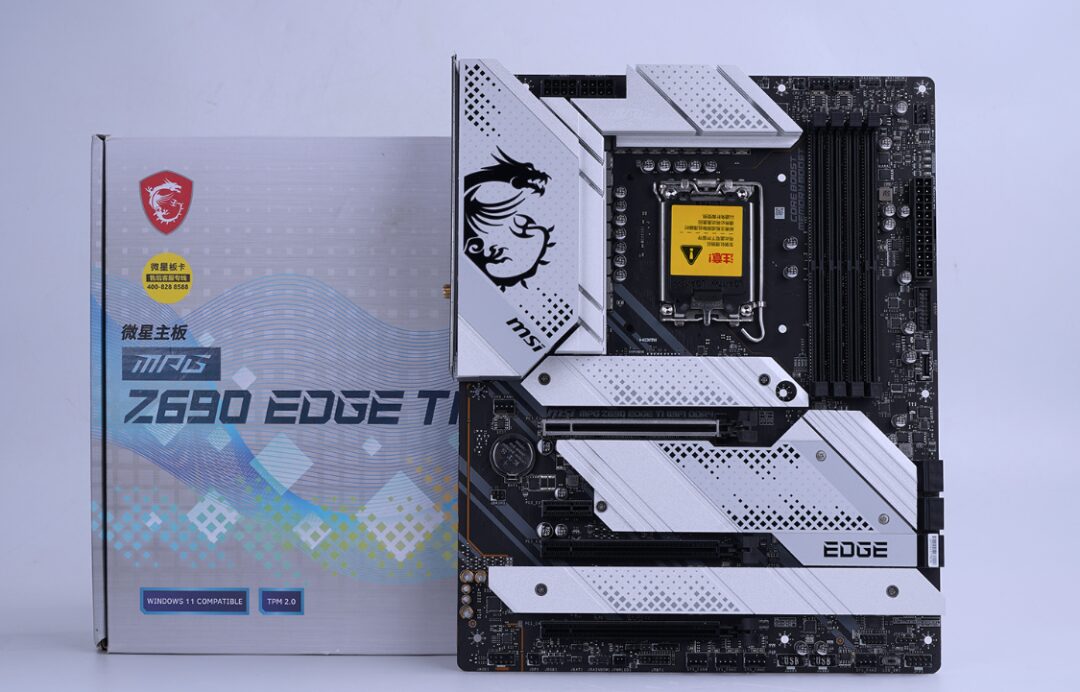
The motherboard surface is covered with a large area of silver-white metallic heat sink, ensuring cooling efficiency while giving the motherboard a nice aesthetic. In terms of slots, this Z690 motherboard provides 4 DDR4 memory slots, supporting OC memory frequencies of up to 5200MHz. Additionally, all 4 onboard M.2 high-speed SSD interfaces are PCIe 4.0 high-speed interfaces.
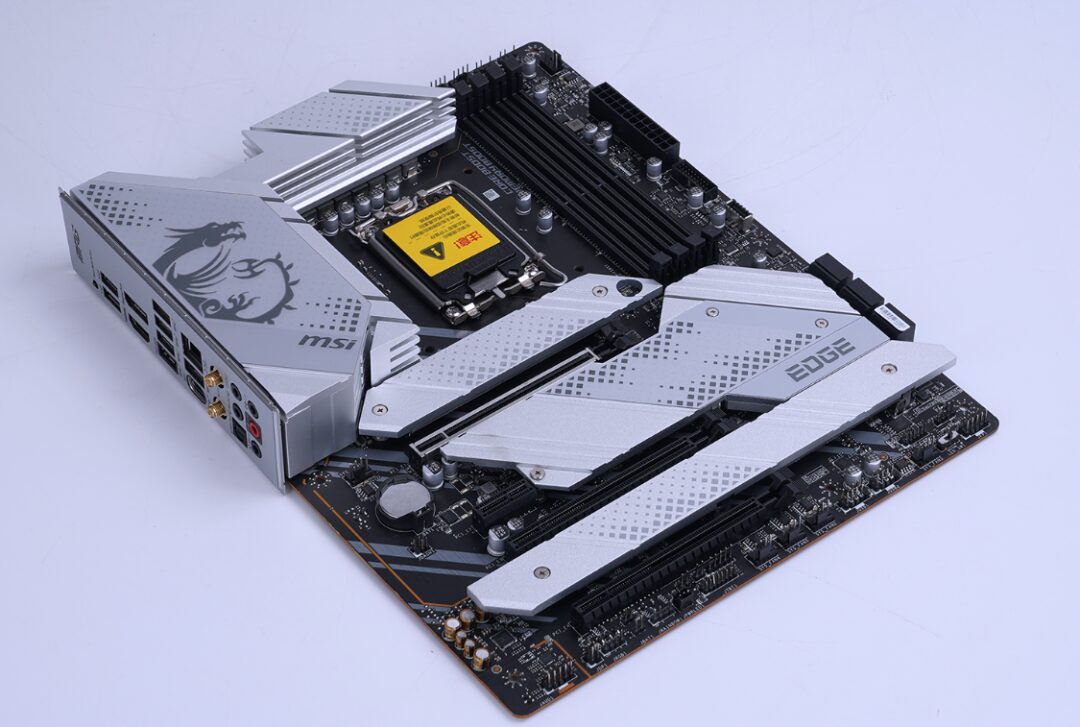
Of course, the hard drive selected is also a HOF Pro20 1T M.2 SSD that supports PCIe 4.0.
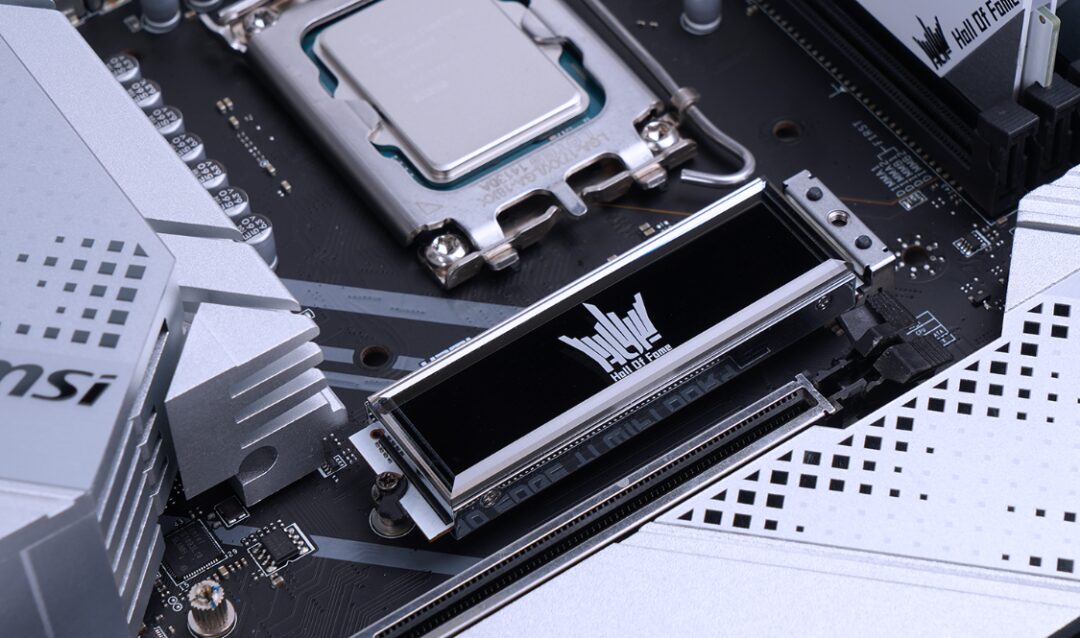
In terms of memory, following the trend, I chose two 16G HOF PRO RGB D4-4000 memory sticks. In addition to dual-channel, high frequency and large capacity are also arranged. Furthermore, there is support for RGB lighting effects with synchronization.
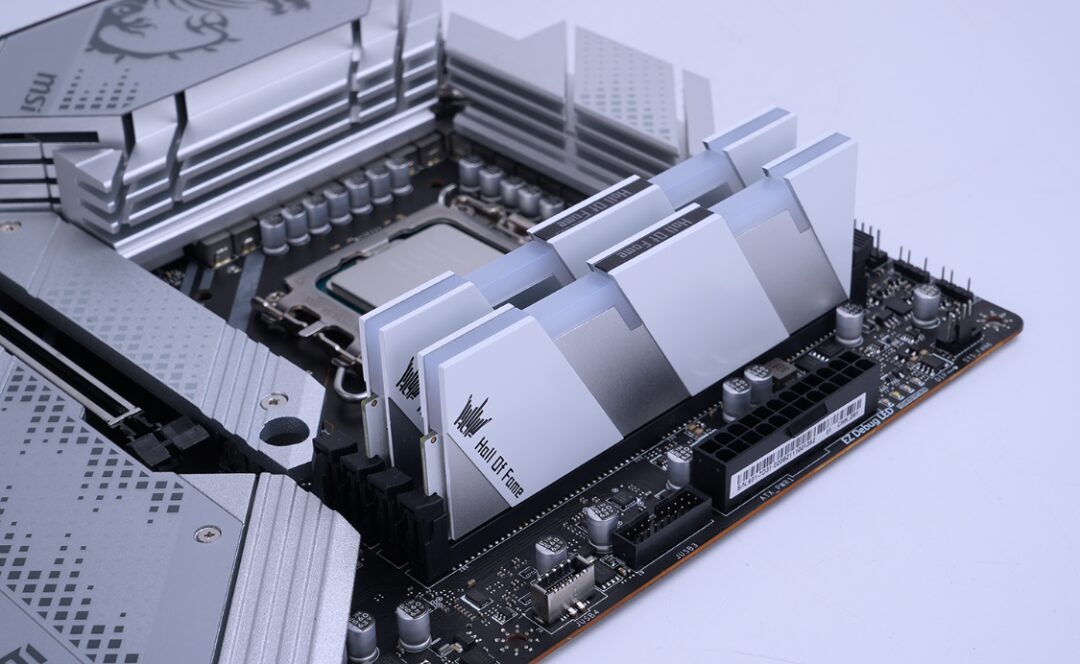
With the platform all locked into the U6’s interior, I started installing the cooling system. Due to the internal space limitations, I had to choose a front radiator + fan intake installation method. Although this slightly reduces the cooling efficiency of the Galaxy Snow Shadow 360R water cooler, it is sufficient for the overclocking use of the 12600KF.
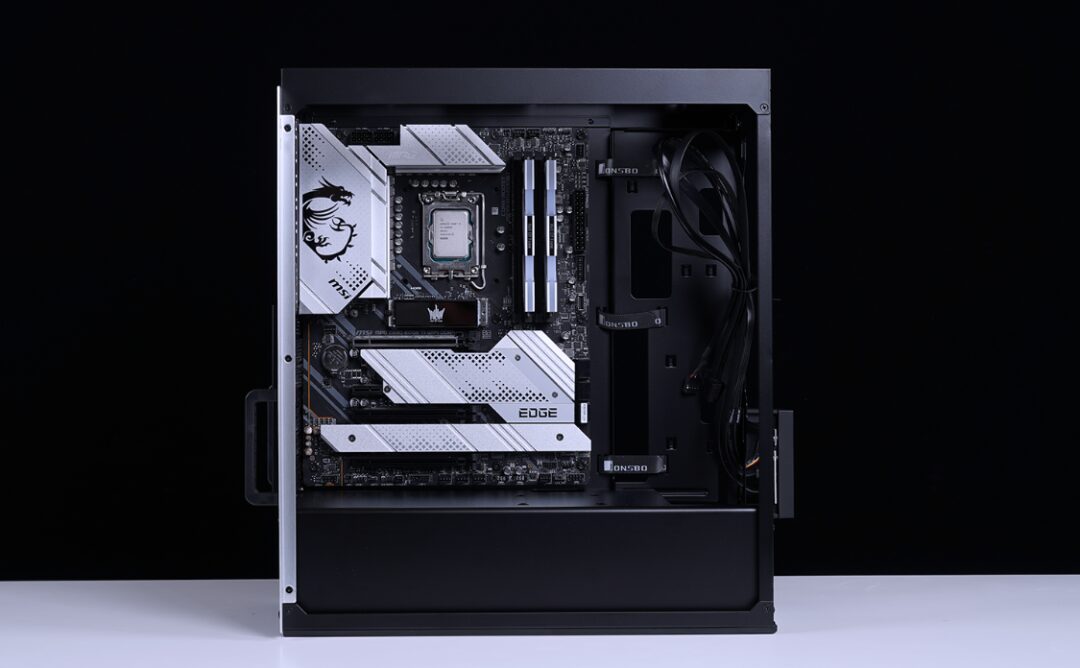
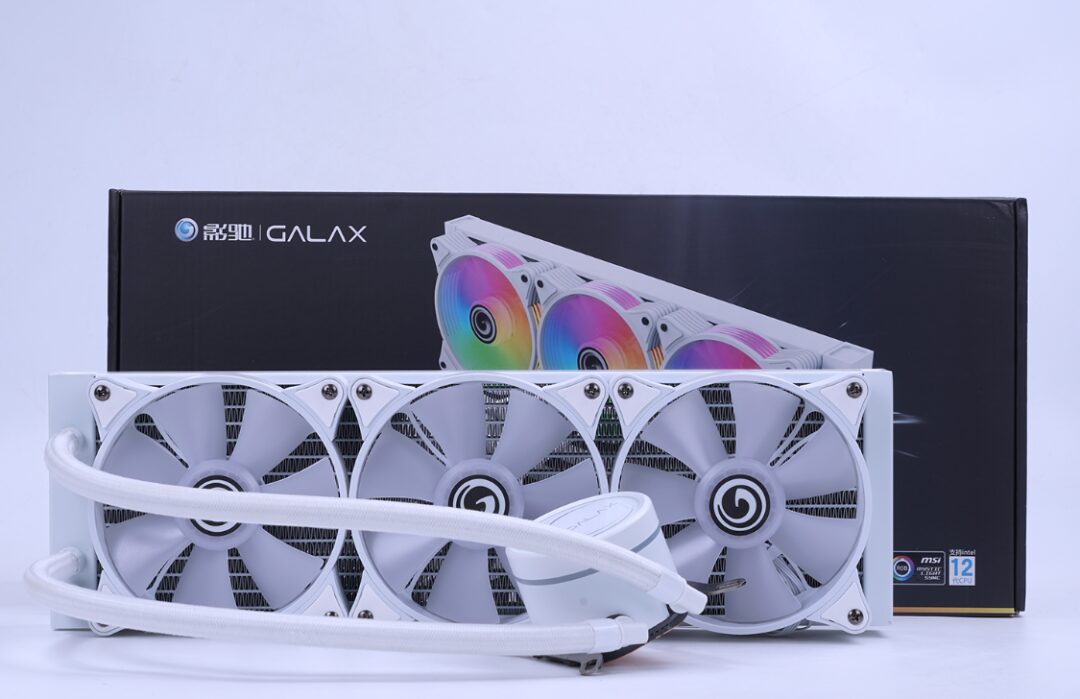
Next, it was time to install the power supply. Unlike the common direct plug installation method, the U6 case requires removing the baffle at the power supply compartment location before installing the power supply. The power supply chosen for today’s assembly test is the Antec HCG 850 Gold certified fully modular power supply, with a large capacity of 850W, which can effectively ensure the efficient and stable operation of the entire system;
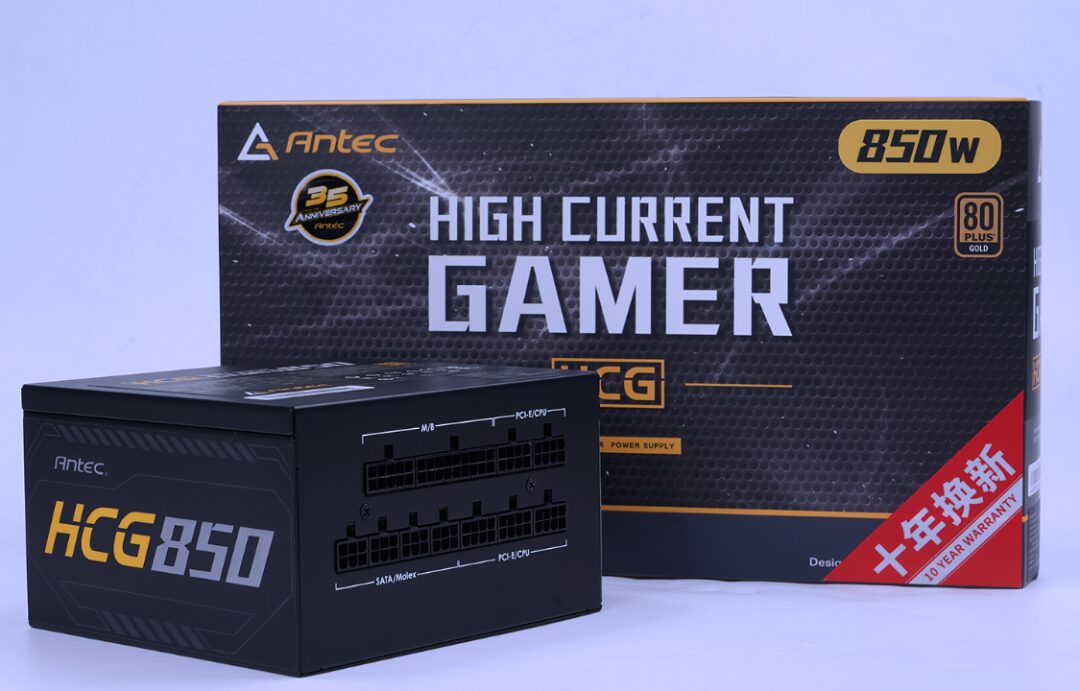
The HCG series belongs to Antec’s high-end gold power supplies, boasting 80 Plus Gold certification, but its actual conversion efficiency is very close to that of a platinum-rated power supply. With a luxurious configuration of all-Japanese capacitors, active PFC, LLC, DC-DC structure, and the addition of solid capacitors, it provides strong assurance for the efficient and stable output of the power supply. Additionally, the power supply is paired with a 120mm FDB liquid bearing fan, supporting intelligent temperature control mode. Moreover, the 10-year free replacement service is currently top-notch in the market.
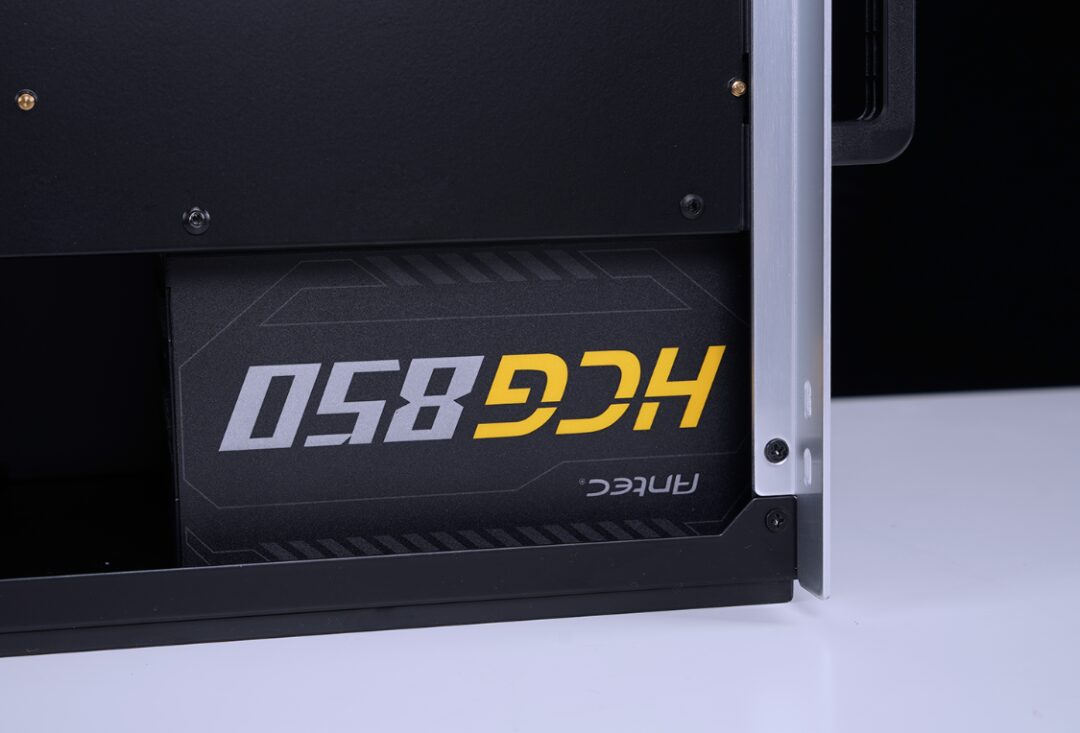
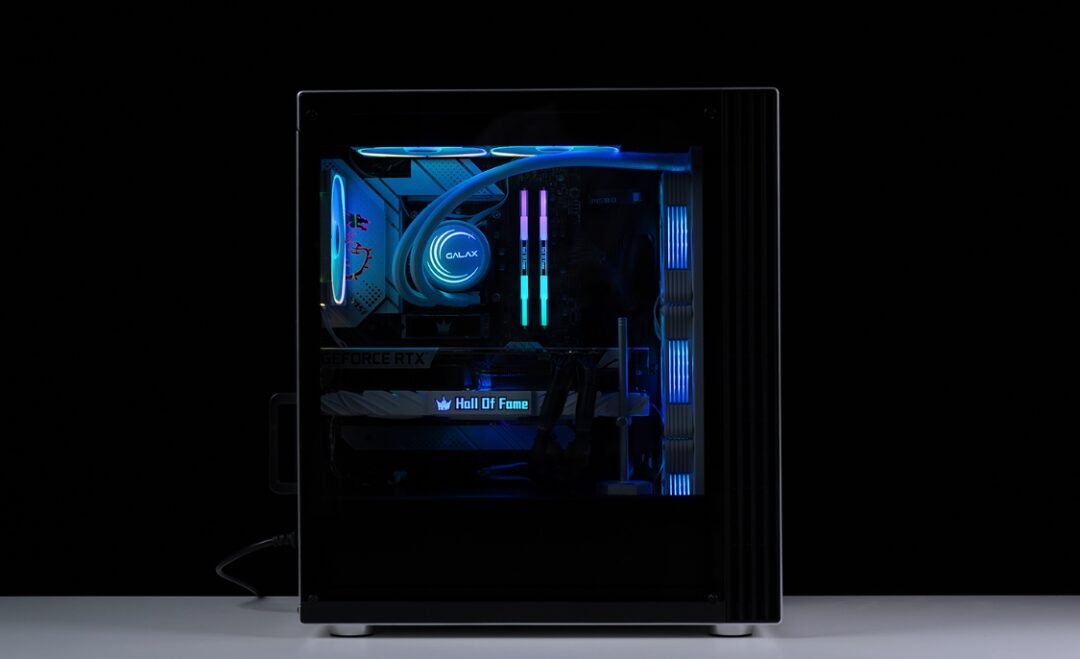
The U6 case also has a feature where the motherboard CPU external power supply location lacks a backline opening, requiring cable management along the motherboard. This also results in standard power supply CPU module cable lengths being insufficient, but Jonsbo has included two extension cables with the case, making it convenient.
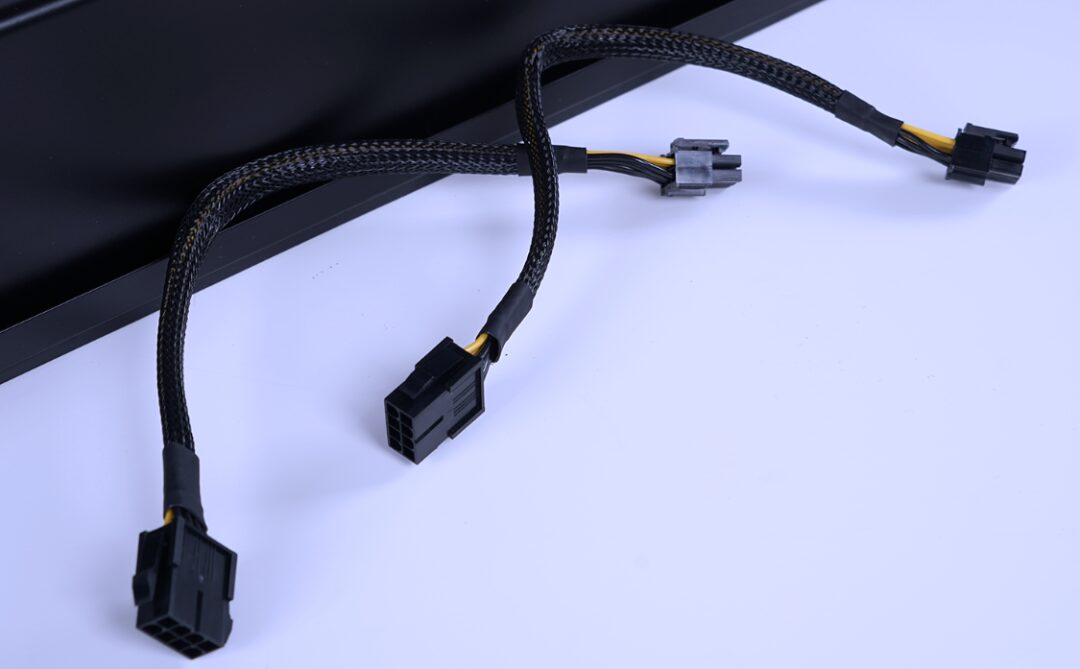
Finally, it was time to install the graphics card. Today, I chose the Galaxy RTX 3070Ti HOF Pro graphics card, which has modest requirements and can easily handle mainstream 2K gaming titles.
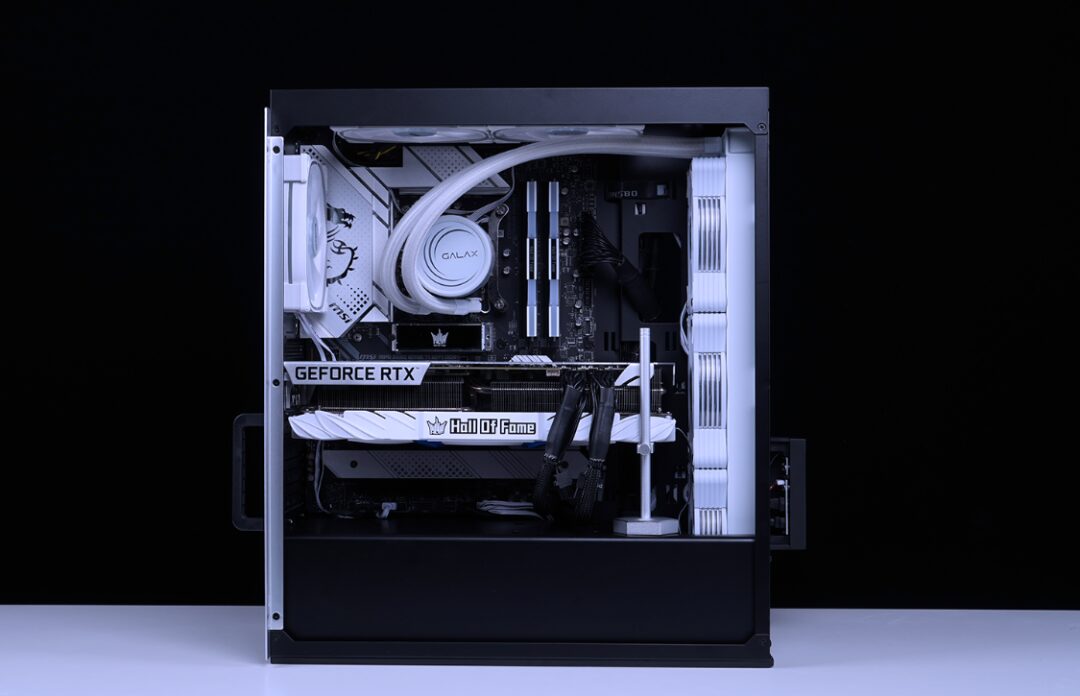
With all components installed, it’s time to put them into the outer frame.
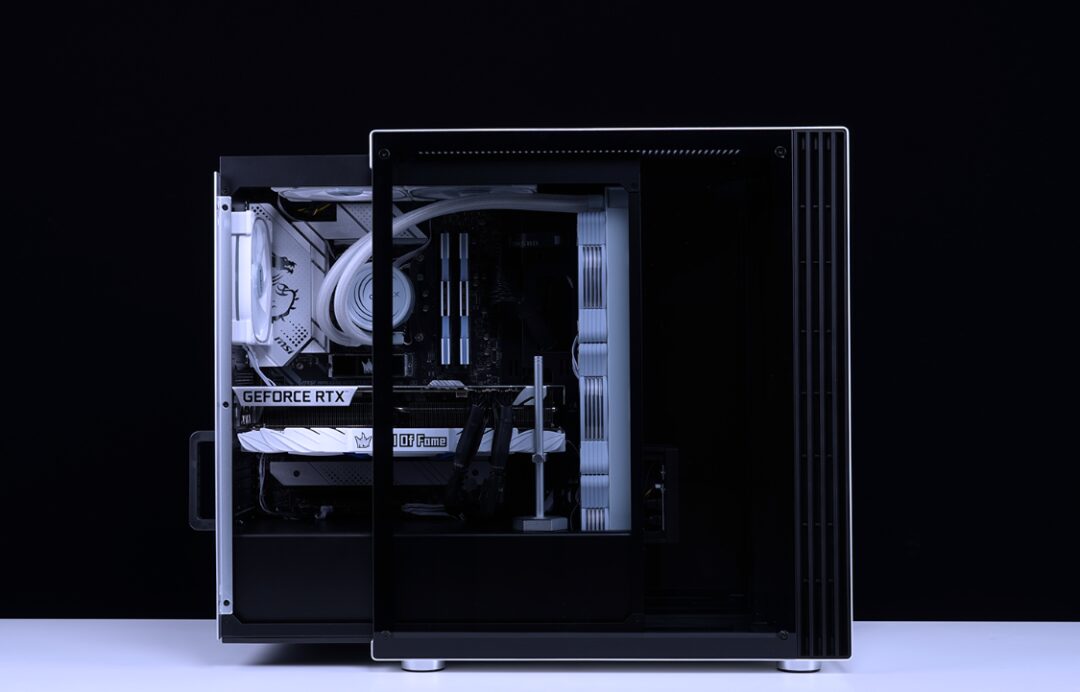
Final product is out
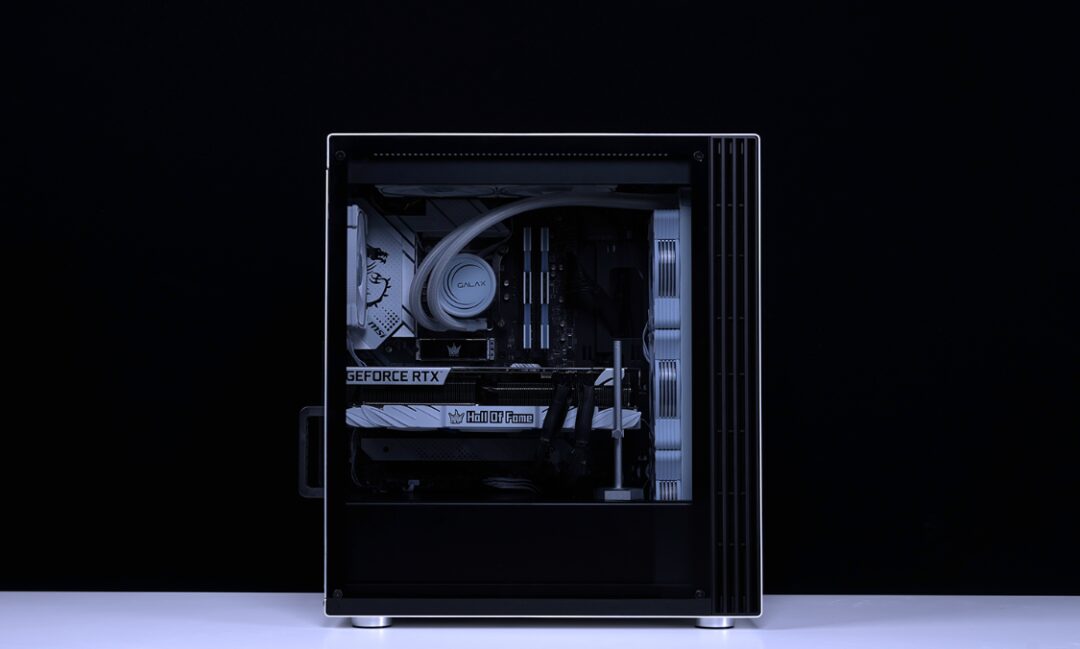
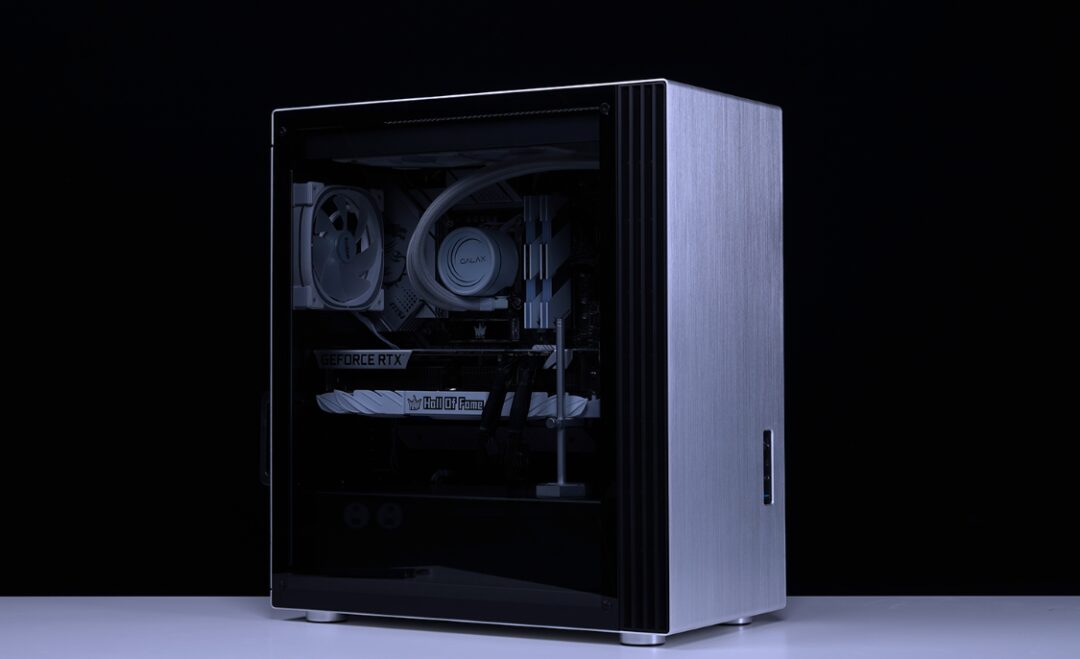
Power on, let’s see the effect
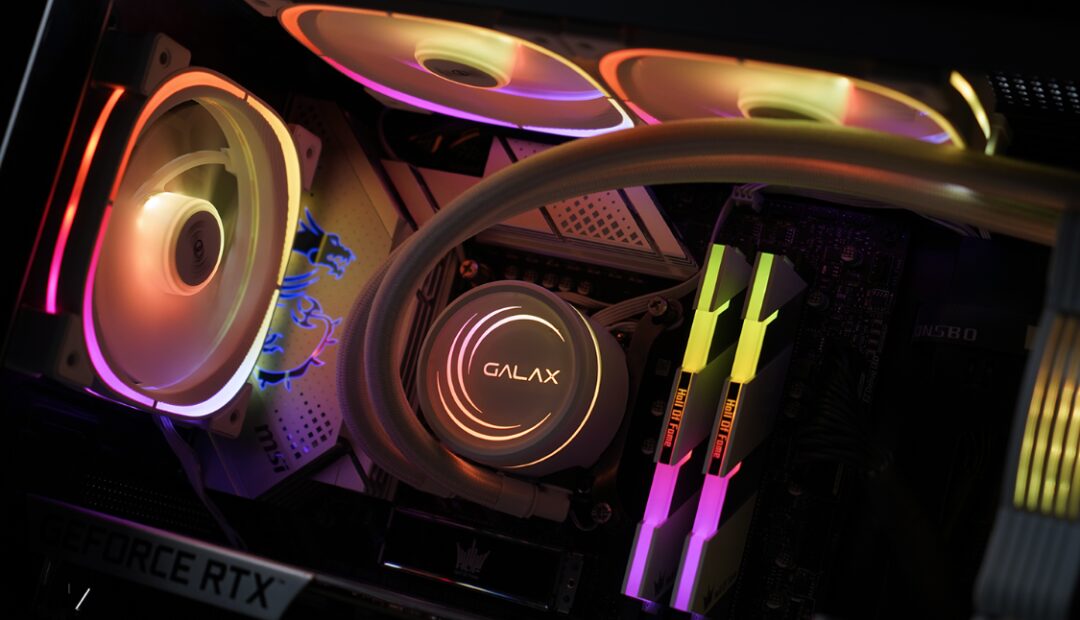
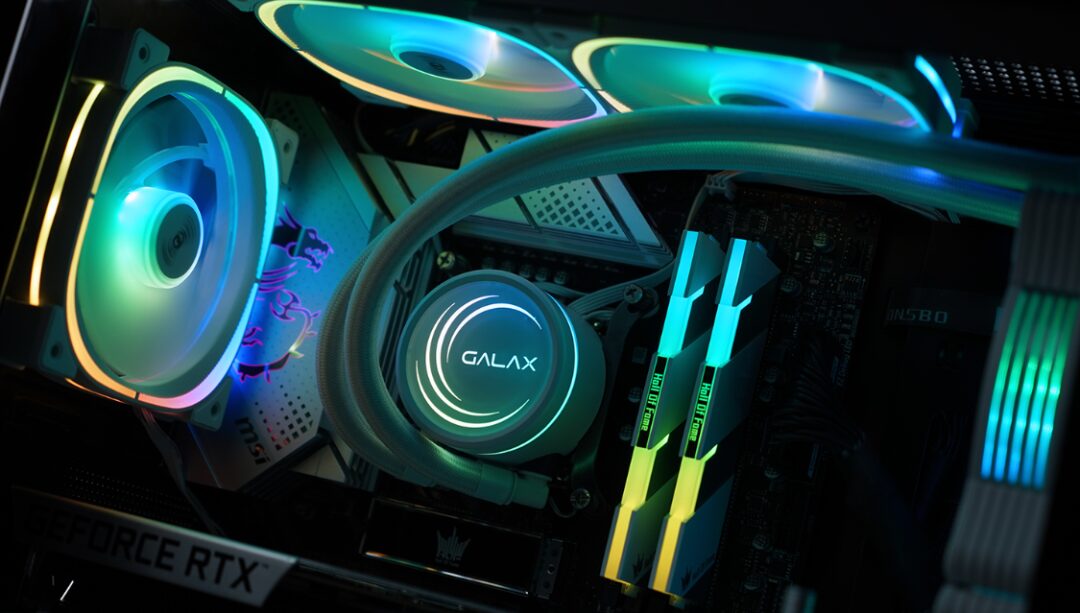
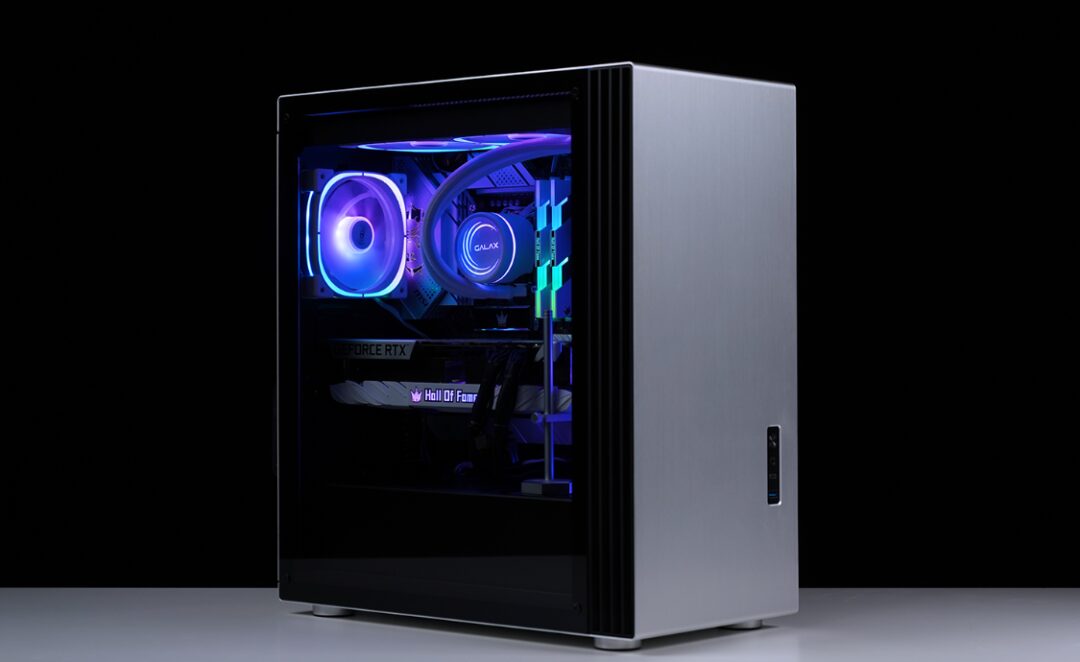
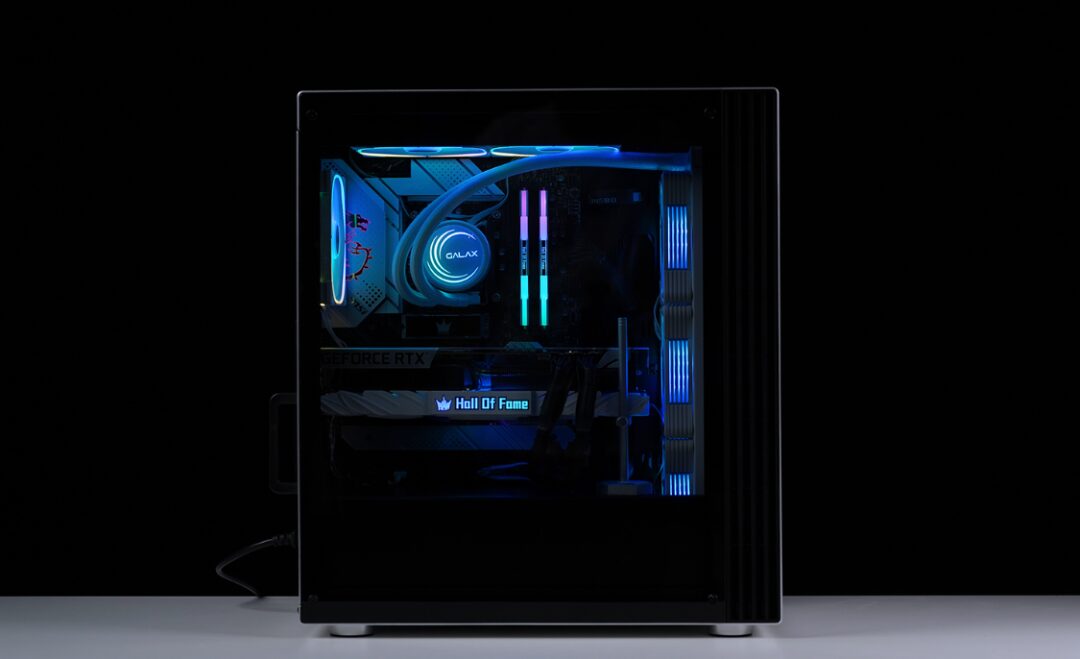
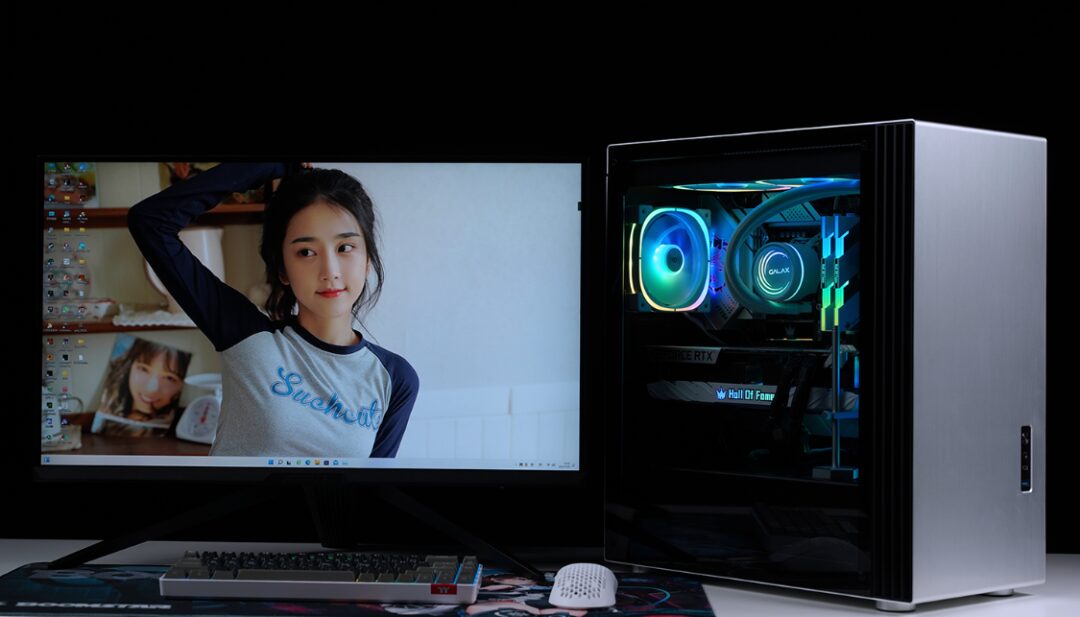
The overall system score from the Master Lu test is 191W points;
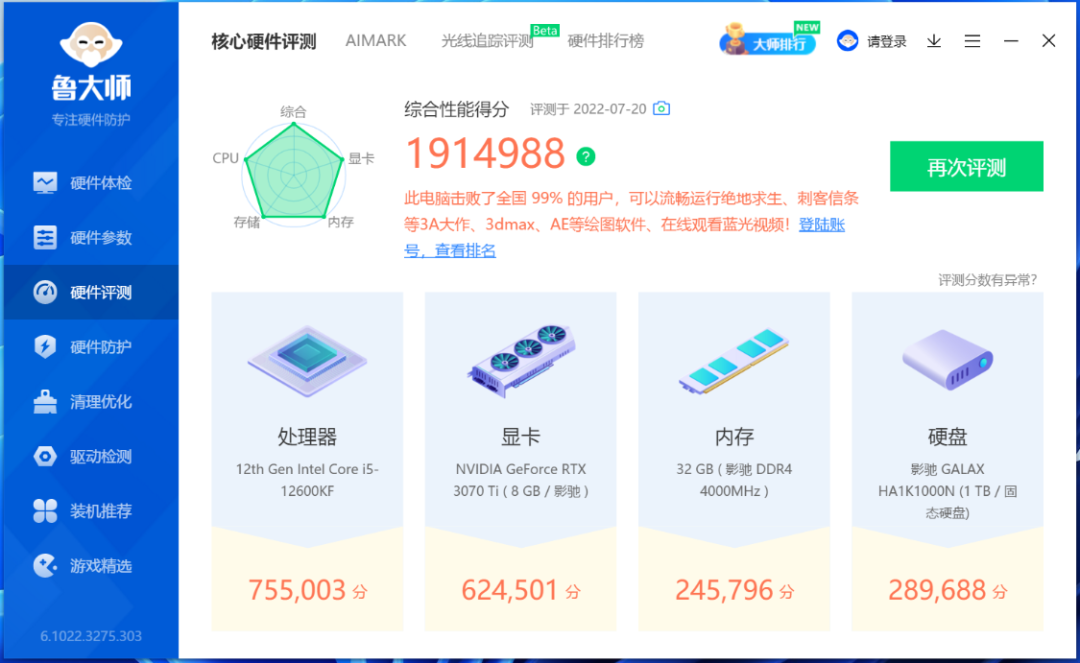
CPU-Z test shows a single-core score of 777.5 points and a multi-core score of 7314.7 points;
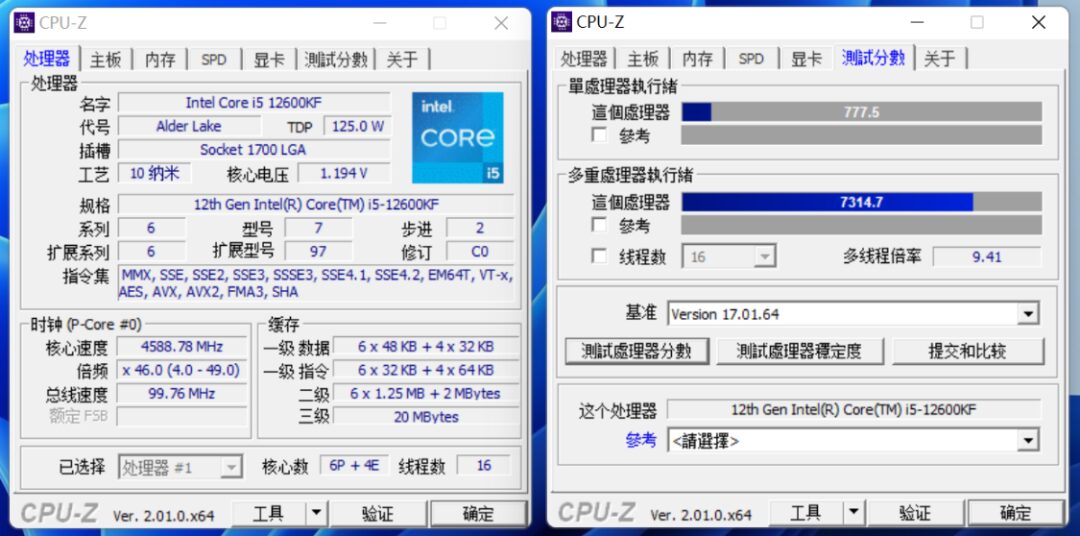
In an environment with a room temperature of 26°C, a single FPU stress test was conducted for 10 minutes, with CPU power consumption stabilizing around 140W, and the CPU temperature reaching a maximum of around 68°C;
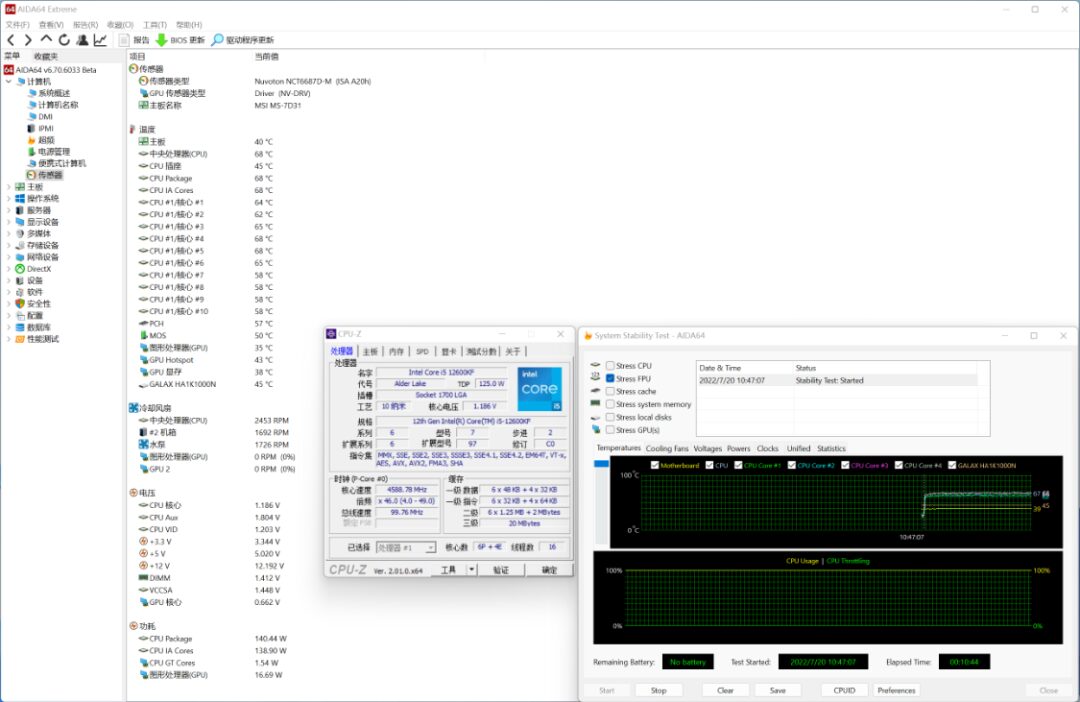
In the same environment, using FurMark to stress test the graphics card for 10 minutes, the core temperature stabilized around 79°C without rising further, with power consumption around 310W;
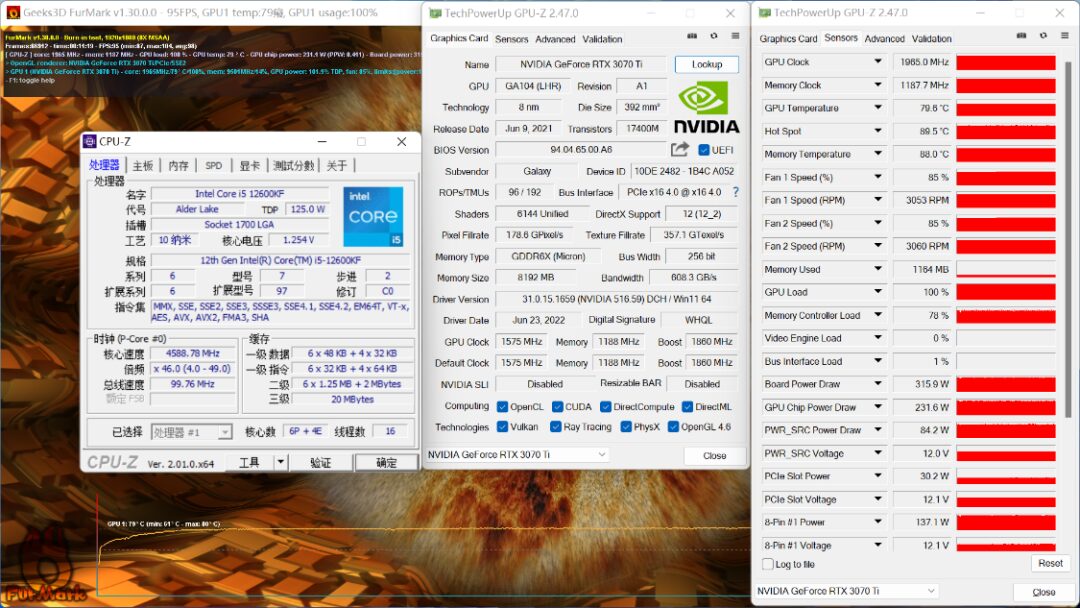
3D Mark tests showed that in the Time Spy test, the graphics card scored 15021 points; in Time Spy Extreme, it scored 7520 points; in Fire Strike, it scored 38060 points; in Fire Strike Extreme, it scored 18542 points; in Fire Strike Ultra, it scored 9545 points; and in the Port Royal ray tracing render test, it scored 8952 points;
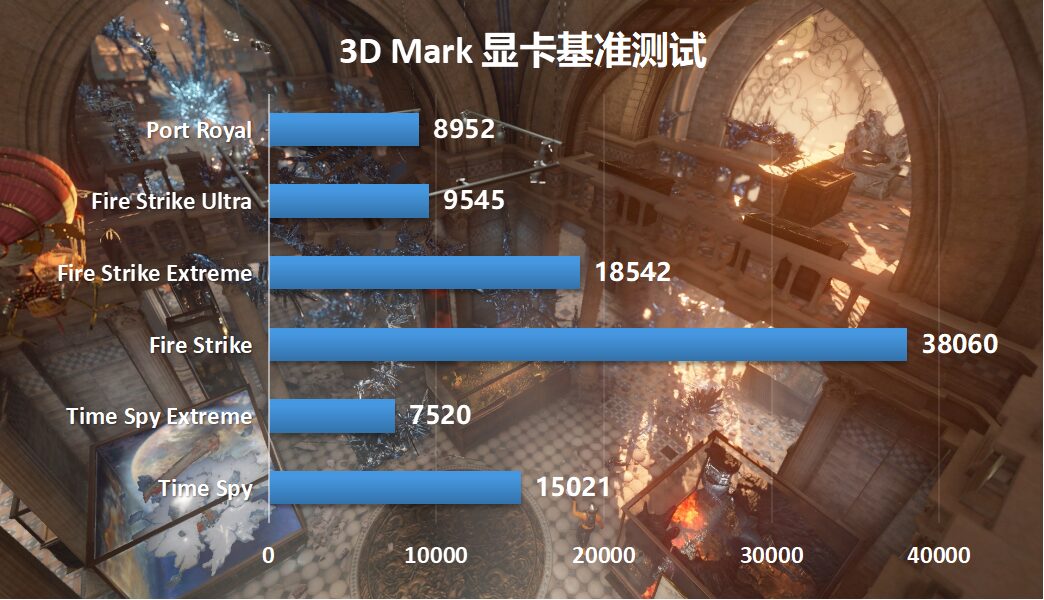
The PC Mark Extended overall system test scored 11675 points, with scores of 10991 points for common basic functionality tests, 12270 points for productivity tests, 14664 points for digital content creation tests, and 25386 points for gaming tests;
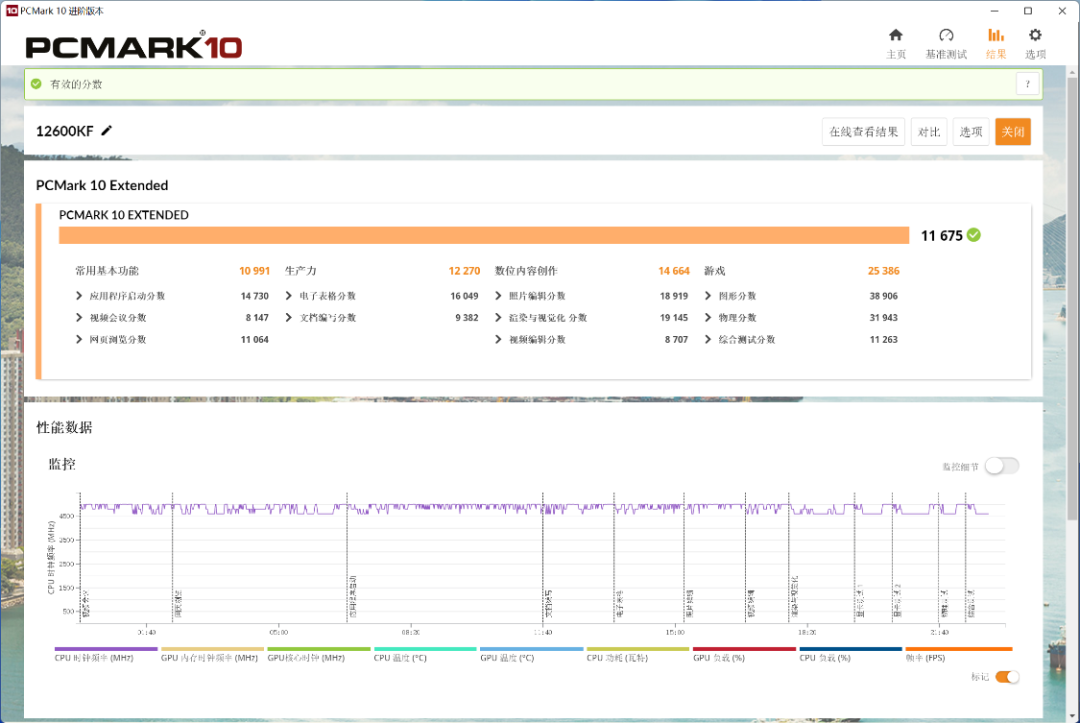
After enabling XMP and conducting an AIDA64 memory test, the read speed was 56632MB/s, write speed was 57579MB/s, copy speed was 57999MB/s, and latency was 64.4ns; the overall performance was also very impressive;
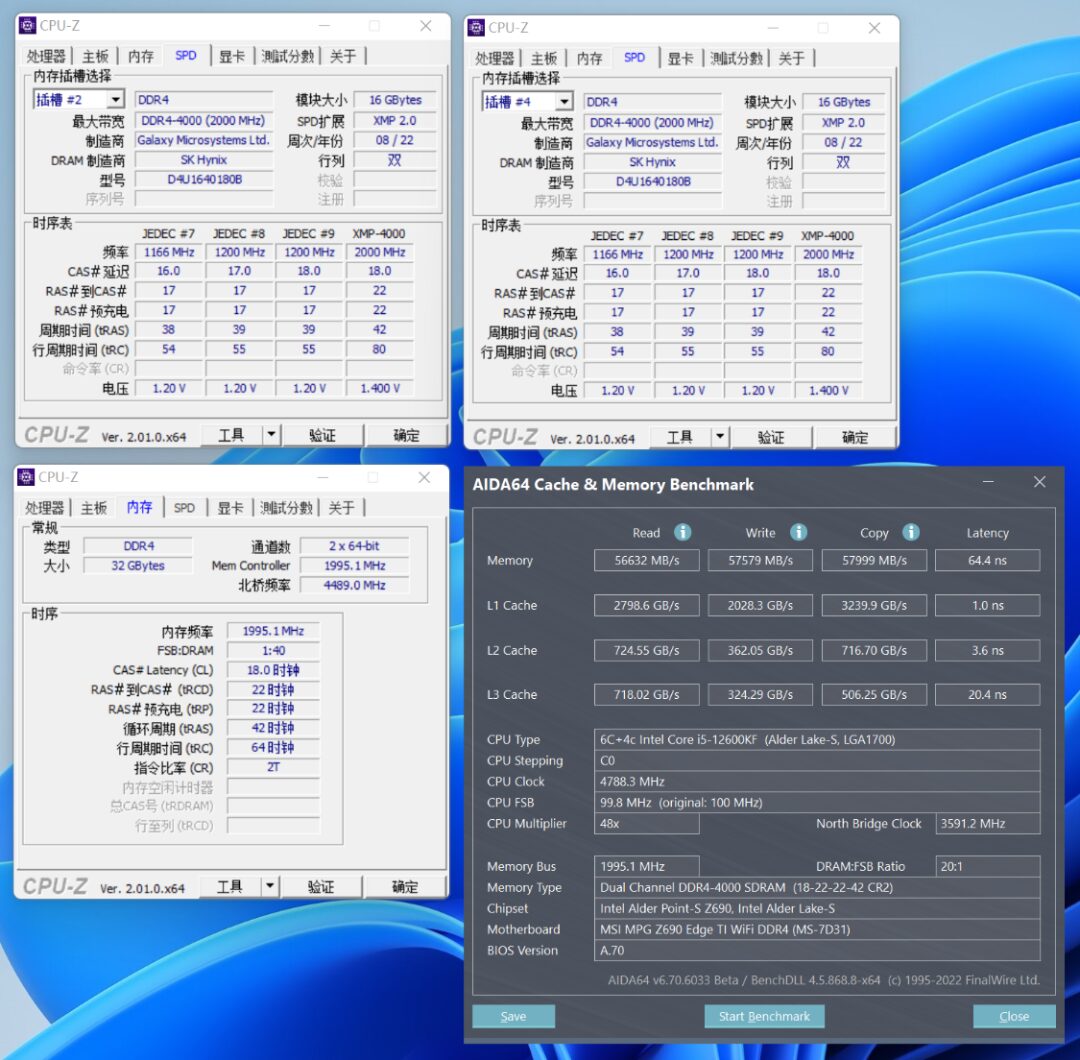
In the “Gears of War 5” benchmark test at 2K resolution with ultra-high quality settings, the average frame rate was 131.8 FPS. Keeping the quality the same but adjusting the resolution to 4K, the average frame rate was still 72.1 FPS;
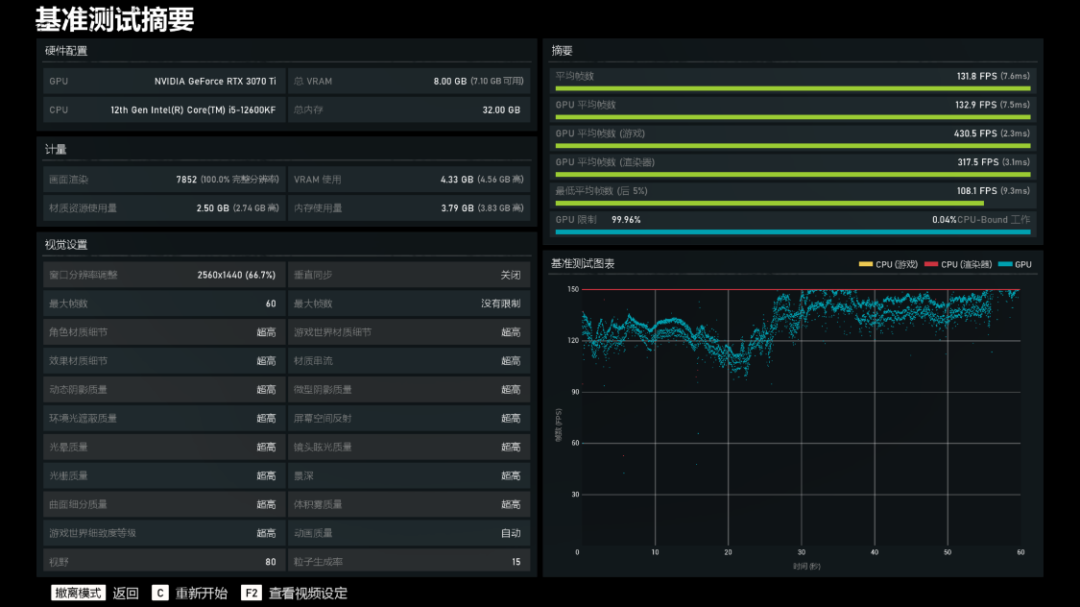
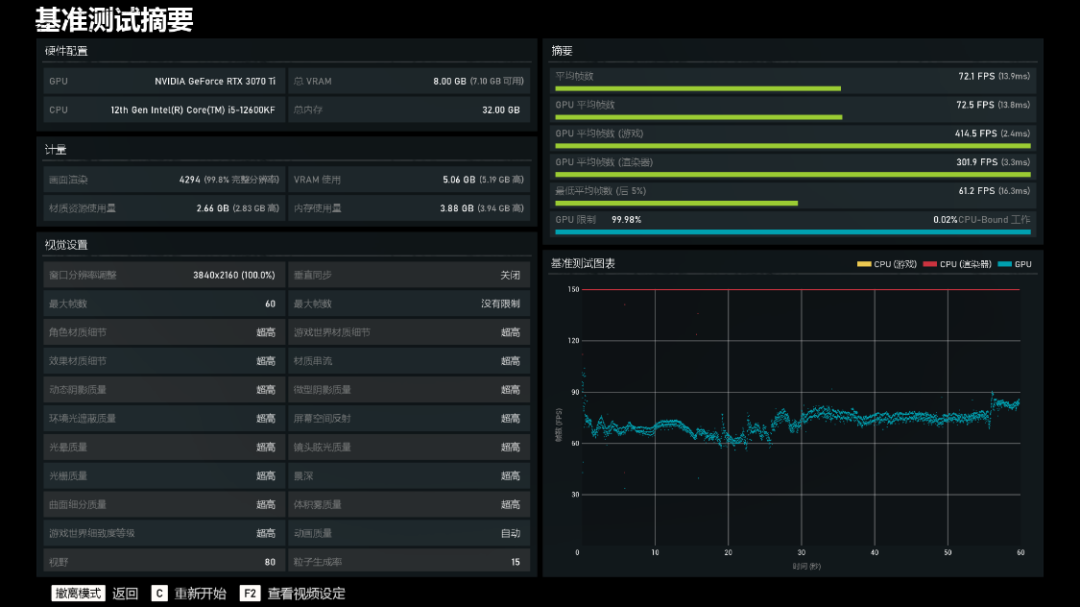
In the “Shadow of the Tomb Raider” benchmark test at 2K resolution with the highest quality settings, ray tracing set to ultra-high, and DLSS set to super performance, the average frame rate was 163 FPS. At 4K resolution, the average frame rate was still 112 FPS;

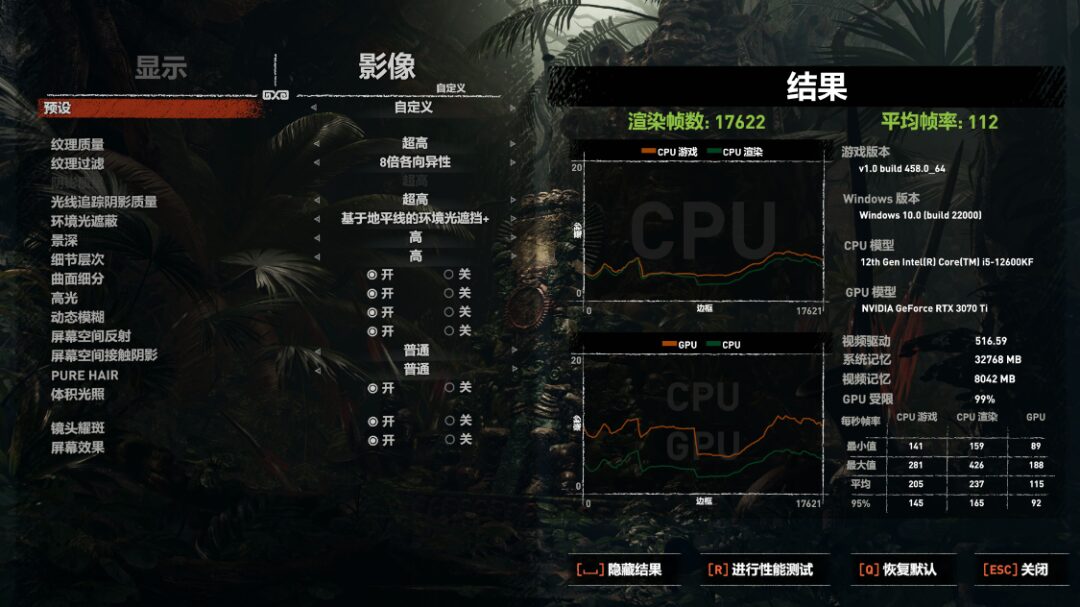
In the “Far Cry 6” benchmark test, with ultra-high quality settings at 2K resolution, the average frame rate was 94 FPS; at 4K resolution, the average frame rate was 62 FPS;
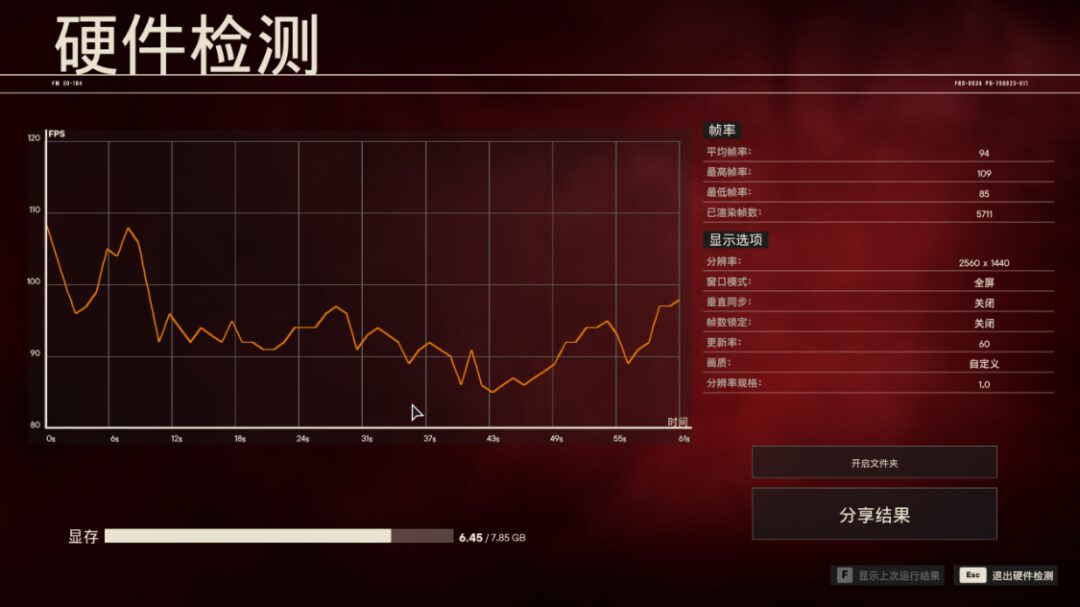
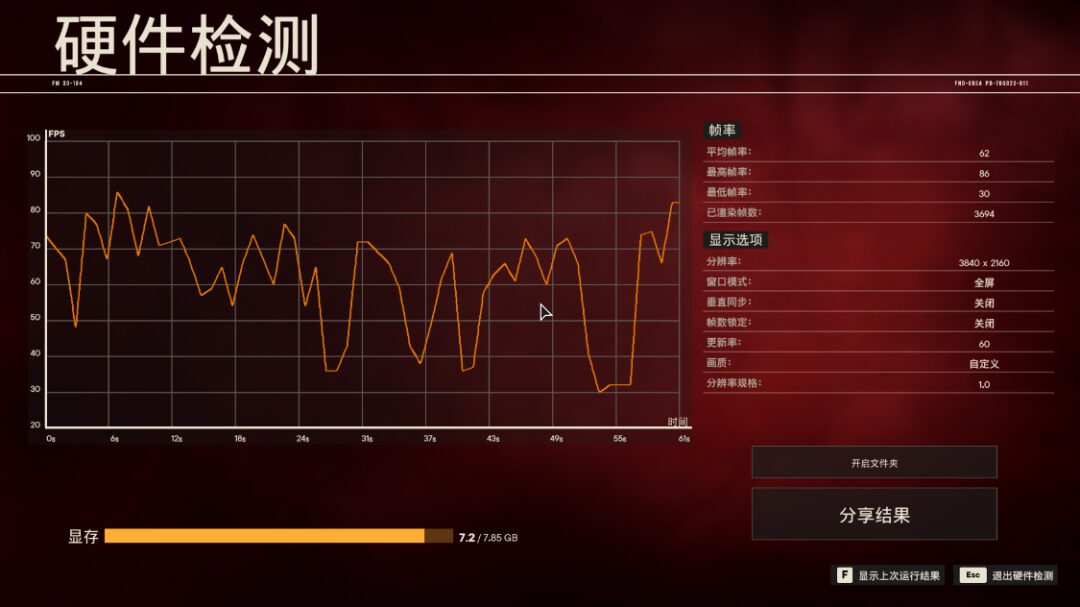
In the actual gameplay test of “PUBG: Battlegrounds” at maximum settings and 2K resolution, the actual frame rate was around 230 FPS;
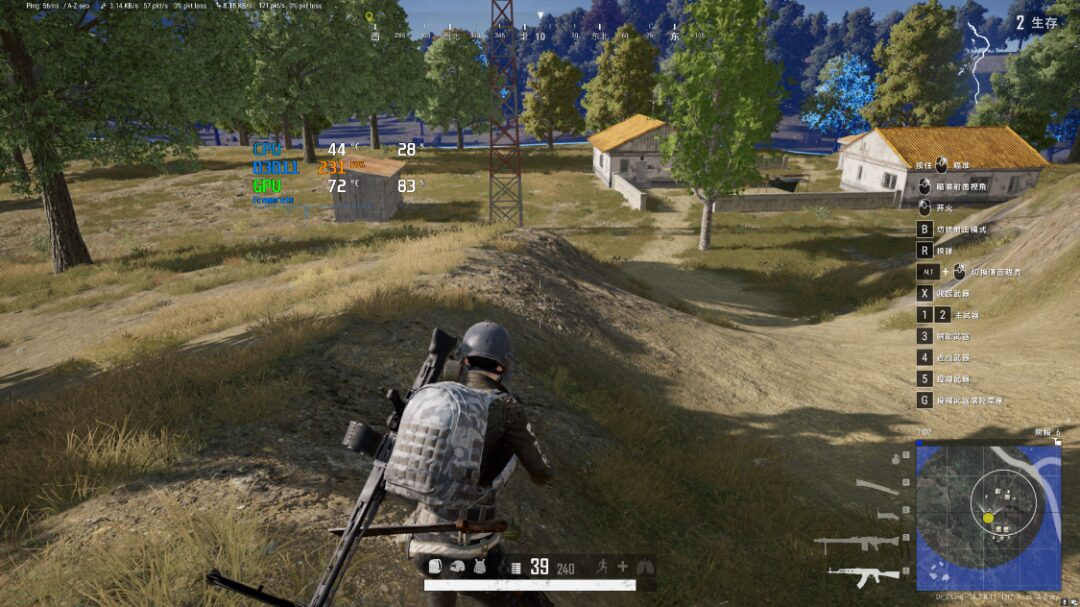
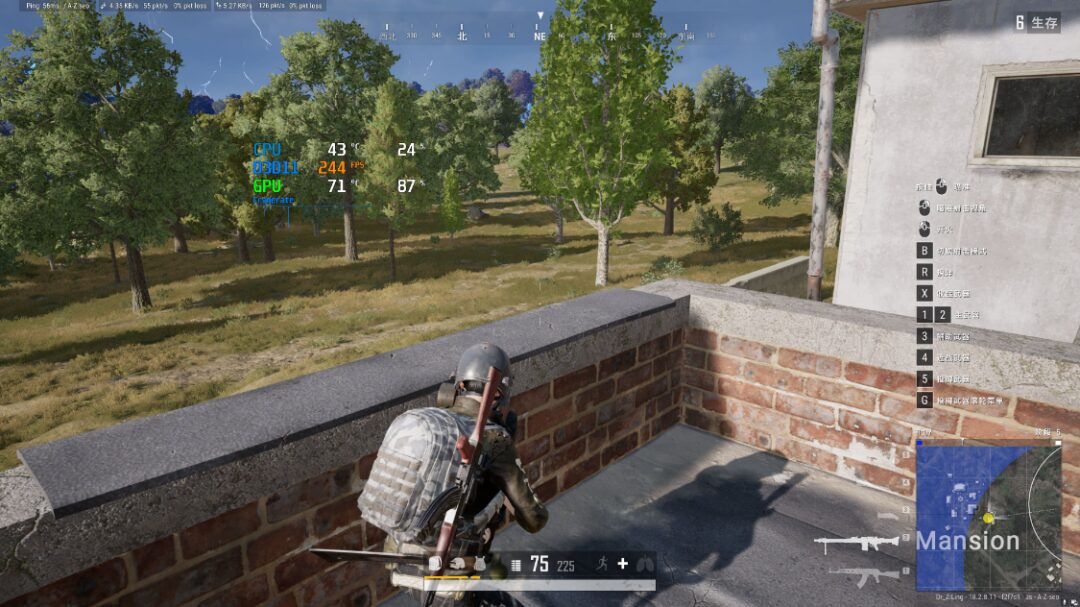

The newly released Jonsbo U6 case is impeccable in terms of overall aesthetics and quality, with a suitable overall size. Its assembly compatibility is also very good, accommodating large graphics cards and a 360mm radiator, with the upper configuration limit adjustable according to personal needs. Additionally, the combination of the 12600KF + 3070Ti graphics card + 32G memory mentioned above can easily handle mainstream gaming titles at 2K resolution, while also performing well in productivity tasks; overall, it is suitable for both gamers and students who want to balance productivity.
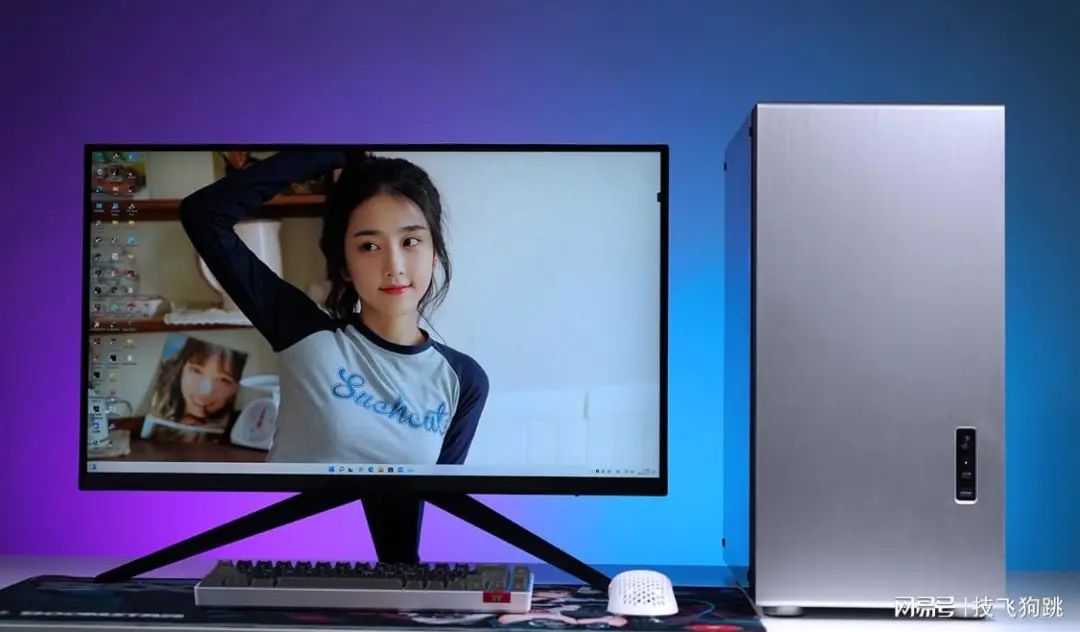
As for the budget for the entire system, it should be estimated to be just over 10,000 yuan. If you lower the standards and choose entry-level components, it should also be possible to compress the entire system to below 10,000 yuan.